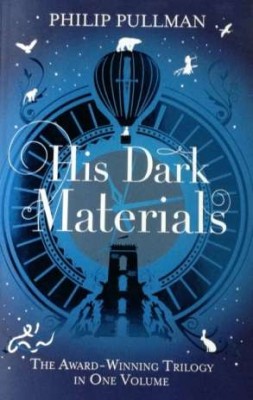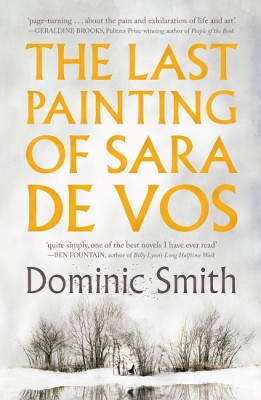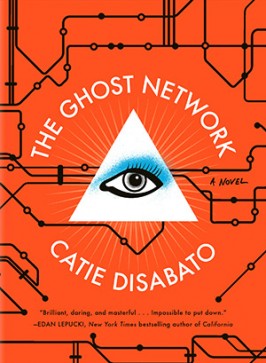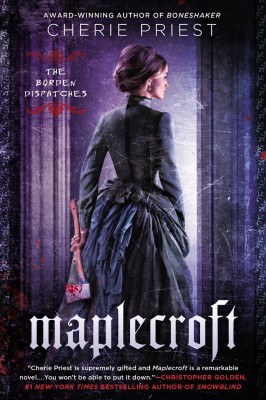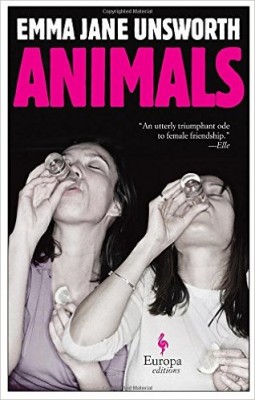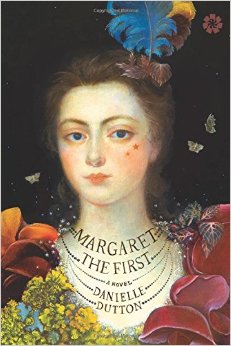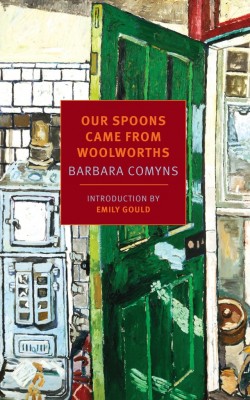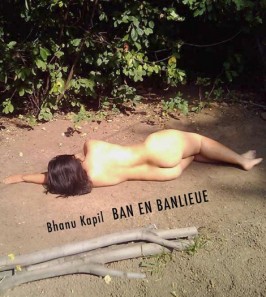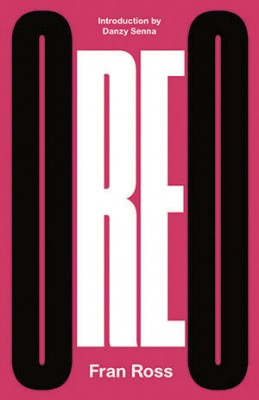Maybe you recall, coming up for ten years ago, the film version of the first book in this series, Northern Lights? Except the movie was called The Golden Compass, after the American version of the book, because Americans fall into a funk of existential dread if they don’t get to name everything themselves. It starred Nicole Kidman and Daniel Craig? Yeah, don’t watch that. It was made when steampunk was still a thing. It has the worst child acting I think I’ve ever seen, and I was in a community theatre production of Annie. But the books. The books are…well.
Continue reading His Dark Materials
Did you know there were female Dutch Old Masters? I didn’t. But apparently there were, though they were mostly relegated to painting still lifes (lives?), which were considered appropriate subject-matter for a person of femaleness. Also, due to the usual kinds of infuriating assumptions, many of their works have, over the years, been attributed to their male contemporaries, because Of Course. So if nothing else, I can thank this book for giving me some new knowledge.
Continue reading The Last Painting of Sara de Vos
A couple of weeks ago, on a book discussion forum, I complained that feminist mystery novels didn’t seem to really exist: great mystery novels, in the traditional sense, usually ended up being Problematic in some way, and novels that were generally acceptable to a liberal-minded reader tended to fail as mystery novels. Someone suggested in response that I might like this novel.
Continue reading The Ghost Network
Here’s a premise for you: Lizzie Borden killed her father and stepmother because they’d been possessed by some kind of evil supernatural sea-monster. Honestly, though, it’s not that much more absurd than the plot of your average episode of The X-Files, and that was a crossover hit with teenage boys desperate for a glimpse of Scully’s cleavage. (To the men who were those boys, I say: you should totally watch The Fall, not only is it a great crime drama, you get to see Gillian Anderson in her bra, plus she bangs that kid who played Merlin. He’s not so great-looking. THAT COULD BE YOU.)
Continue reading Maplecroft
On the first page of Animals, the protagonist, Laura, wakes up immobilised on a Saturday afternoon, having accidentally tied herself (by bangle and tights leg) to her bed. So begins a book in which about half of the chapters start with the aftermath of a night of partying, then work backwards through the mess. Laura is accompanied in her exploits by Tyler, her best friend, flatmate, and a person who would be the very definition of “enabler” if she didn’t transcend that category frequently and make the leap into “pusher”.
Continue reading Animals
The reason I know anything at all about Mad Madge, aka Margaret Cavendish, Duchess of Newcastle, is entirely coincidental: she features heavily in (and supplies the title of) Siri Hustvedt’s excellent novel The Blazing World, which I happen to have read. In the 17th century, she was that rare and stunted unicorn, a female writer demanding to be taken seriously. Why is she so little-known when her contemporaries and near-contemporaries – Samuel Pepys, Thomas Hobbes, and Rene Descartes, to name a few – are bywords? (In fairness, I believe Pepys’s diaries do refer to her, though not with approval.) This fictionalised biography attempts to go some way towards remedying that gap.
Continue reading Margaret the First
The first page of this novel tells us two things: that it’s a sad story, and that it gets better. From there, we launch directly in to the first person narrator’s history: marriage between two young artists (Charles and Julia) during the Depression, collecting furniture on a poverty-line budget, fending off intrusive and condescending in-laws. Not until things start to sour between them do we see what the introductory paragraphs didn’t foreshadow: this is a great feminist text.
Continue reading Our Spoons Came From Woolworths
In a Connecticut town on the Long Island Sound, the summer is underway and the wealthy locals are summoning up their annual resentments against the day-trippers who descend on their beaches and fishing spots. Cheryl, an ageing former trophy wife, and her stepson Teddy, home in disgrace after expulsion from college, are both facing grim futures from within their ostensibly privileged positions. When a series of disasters both natural and man-made occur, resentment flares into overt hostility, and the town begins to come apart at the seams.
Continue reading The Invaders
This book has two inspirations. In 1979, Blair Peach, a teacher from New Zealand, was killed by English police while protesting against a neo-fascist movement. In 2012, in Delhi, Jyoti Singh (known as Nirbhaya) was gang raped and murdered, and thrown from a bus. Drawing in part on these two deaths, and in part on her experience as the child of Indian immigrants and as a woman with brown skin, Bhanu Kapil conceived the character of Ban, a young brown girl, who hears the beginnings of a race riot, lies down on the side of a road, and gradually dissolves into her environment.
Continue reading Ban en Banlieue
On page one of this novel, Oreo’s paternal grandmother and maternal grandfather, on receiving the news that their offspring would be marrying a black woman and a Jewish man (respectively), are gripped by racist outrage so powerful that it paralyses one of them and kills the other outright. On page three, the author sets out a scale, numbered one to ten, according to which black skin tone can be categorised; she describes her characters using this scale as they are introduced. To call this novel transgressive would be an understatement.
Continue reading Oreo
